The Energy Management Centre (EMC) at ESCP Business School organised a Chatham-House-style roundtable discussion to celebrate the Special Issue "Oil and Gas Perspectives in the 21st century" edited by Dr Vlasios Voudouris (Affiliate Professor at ESCP Business School and Director of the EMEM programme).
The roundtable discussion started with a presentation by Dr. Vlasios Voudouris to set the scene while the discussion was moderated by Prof. Michael Jefferson, Affiliate Professor at ESCP Business School. The roundtable discussion started at 15:30 on February 17th, 2014.
Oil and gas perspectives in the 21st century
Forty years ago, the world experienced the "first oil shock". Back then the world had just ended a period of strong economic growth in the developed world, with rising US oil imports, and began a period of turbulence in the price of oil and for many national economies. Back then (as now) it was recognised that oil price rises might snuff out economic recovery. Drawing on the names of the scenarios which Shell!s planners introduced at that time, we were passing through "The Rapids" and about to enter a "World of Internal Contradictions". In recent years there have again been many indicators of a "World of Internal Contradictions" and with the financial crisis and turbulence in oil markets those of "The Rapids" too. This issue is therefore timely, as many of those earlier challenges are still with us.
The first paper by Robert Ayres and Vlasios Voudouris demonstrates quite conclusively the non-linear relationships between capital, labour and useful energy with economic growth. They also indicate that output elasticities of capital, labour and useful energy are extremely variable over time. A key finding of their work is that the provision of adequate and affordable quantities of useful energy was a pre-condition for economic growth during the 20th century and is also likely to be a pre-condition for economic growth during the 21st century. However, the concept of "useful energy" also highlights the huge wastage which occurs between providing primary, then secondary, and finally useful energy. People do not demand energy as such. They seek modern energy services which are reliable and efficient. In short, what is fit for purpose.
Following from the discussion about the importance of energy for economic growth, Dieter Helm discusses the European framework for energy and climate policies. European energy and climate change policy rests on two main pillars: the internal energy market (IEM), and the climate change package (CCP). In particular, the IEM aimed at third party access and unbundling, neglecting the physical infrastructure and the basis for asset valuations. The CCP was grounded on short term targets (the 2020-20-20 programme) on the assumption that fossil fuel prices would rise, making renewables competitive, and hence yielding a competitive advantage to the EU. The EU has reduced the production of carbon emissions, on the national production emissions accounting basis formally in place as a result of the UN Framework Convention on Climate Change. But with de-industrialisation, and higher dependence on imported manufactured goods from East and South Asia, on a national consumption basis carbon emissions have increased significantly over the past 20 years for several of the early EU Member States. Over the same period, the special circumstances pre- and post-1991 of additional Member States joining from Central and Eastern Europe have also given the appearance of carbon emissions reduction. A key argument presented by Dieter Helm is that the IEM requires a refocusing on physical infrastructure, common accounting rules and an EU-wide approach to capacity markets and renewables trading while the CCP requires a refocusing on carbon consumption, on limiting the dash-for-coal, and on future rather than current renewables.
In their paper, John Mitchell and Beth Mitchell outline the changing structure of the oil and gas industry. They argue that the structure of the oil and gas industry is being disrupted by technical developments. Effectively, the public listed companies have the opportunity to bring specialized technology to match National Oil Companies (NOC) needs while the natural gas industry is being transformed by new discoveries. However, regional gas markets remain separated by transport costs and pricing systems with a key challenge to find prices which will grow both the supply and demand in each region during the 21st century. Effectively, while we might envisage global scenarios where the supply meets the increasing demand for gas, we might observe regional imbalances if the prices is not sufficient to develop, for example, the required infrastructure for imports and exports.
Jonathan Stern argues that international gas prices in Europe and importing Asia reflect the market fundamentals of the 1970s-1990s. From the 2000s, the market fundamentals have changed while price formation has been fixed with the logic of the previous era. The transition to hub-based pricing is well advanced in the north west of Europe while the 'crisis of fundamentals' in Asia necessitates a transition to market pricing of gas as an urgent imperative, but still a distant prospect.
In their analysis, Ron Alquist and Justin-Damien Guenette examine the implications of increased unconventional crude oil production in North America facilitated by persistently elevated oil prices and alternative oil-recovery technologies. They outline the factors that have enabled the United States to expand production and assess the extent to which the increase in U.S. domestic production will affect the global oil supply market. They conclude that the United States enjoys unique infrastructural and technological advantages that make it unlikely that "rapid" increases in unconventional production can be achieved elsewhere.
Jose Goldemberg and his collaborators discuss the significant potential of unconventional oil and gas discoveries in Brazil. An interesting argument is that the petroleum industry can generate multiplicative effects into Brazil's economy and, even more importantly, generate rents that can be diverted towards the promotion of renewable energy sources. The key findings show that an ambitious energy innovation programme based on a target-oriented agency plus a programme for solar development would cost less than half the minimum average annual petroleum rent, freeing up funds for investing in renewables between 2013 and 2030.
Hisham Khatib then takes us to the Middle East and North Africa (MENA). The argument here is that the MENA region is endowed with enormous resources of oil and gas, rendering it the world's richest region in this regard. With no long term feasible alternatives to oil for transport (oil accounts for over 90% of the world's transport needs) and the increasing trade in LNG, the region's importance as the world's leading supplier of fossil fuels will continue for decades to come. However, these favourable prospects hide many challenges facing the MENA region, among them is the difficulty in mobilising investment funds. Furthermore, the region is also still mainly dependent on foreign technologies and skilled manpower. Evidently, the region has a long history of conflict. Correspondingly, the sustainability of supplies from the region are increasingly a source of worry to MENA exporters and its many importers. In particular, proved conventional oil reserves estimates are no longer based upon 90% probability (the P1 definition), but upon a 50% probability (P2).
The opportunities and challenges for the petroleum and liquefied petroleum gas (LPG) markets in Sub-Sahara Africa are discussed by William G. Matthews. Petroleum products are the lifeblood of the economies of all Sub-Saharan African countries, as they are used in road transport and power generation while kerosene and LPG are in demand for lighting and cooking. The argument here is that in an era of high oil prices the government budget bears the brunt of price increases because if the price changes are passed through to consumers, the household budgets are impacted directly. Sub-Saharan Africa is most vulnerable to oil price shocks.
Jeremy Bentham, as the Head of Shell's global scenarios team, presents the use of scenarios to help deepen Shell's strategic thinking and actions. Shell's latest scenario publication, the New Lens Scenarios, published in 2013, provides an in-depth analysis of how economic, social and political forces might play out over the 21st century. The argument here is that the scenario approach to possible futures of oil and natural gas enables Shell's decisionmakers to think about the possible wider and longer-reaching implications of unfolding trends and potential discontinuities. Shell ceased to develop shorter term, business cycle, scenarios over 30 years ago so these are the best we can obtain.
Ian Chapman re-examines the "peak oil" topic, or "the oil mountain" as it was called 40 years ago. This paper evaluates the reasons for the on-going relevance of "peak oil", considering variations in predictive dates for the phenomenon supported by technological, economic and political issues. The conclusions of this examination are that there exists an unsubstantiated belief in market and technical solutions and optimistic assumptions about the utilisation of unconventional supplies. The author argues the evidence that the resource-limited peak in the world's production of conventional oil has arrived, diverting discussion from what should be a serious topic for energy policy: how we respond to decreasing supplies of one of our most important energy sources.
Following from the discussion about conventional and unconventional oil resources, Christophe McGlade and Paul Ekins examine, using the TIAM-UCL and BUEGO models, two scenarios of oil resource utilisation up to 2035. In a scenario with widespread adoption of carbon capture and storage (CSS) nearly 500 billion barrels of existing P2 oil reserves would remain unused by 2035. In a scenario where CSS is not available 600 billion barrels would remain unused by 2035. The arguments presented in this work demonstrate the extent to which current energy policies encouraging the unconstrained exploitation of oil resources are incompatible with a target of a low-carbon energy system.
A review of bottom-up models of oil production is then presented by Kristofer Jakobsson and his collaborators. The argument here is that bottom-up models of oil production are being used to guide investments and policy making. Thus, the paper identifies the crucial modelling challenges while comparing different ways in which the key assumptions in developing long-term projections of oil production can be usefully modelled. The key conclusion is that a high level of detail in bottom-up models is of questionable value for long-term predictive accuracy.
An example of a country-level bottom-up model using the agent-based modelling paradigm is presented by Vlasios Voudouris and his collaborators using the ACEGES model (which represents the market dynamics of 216 countries). The argument is that due to the increasing importance of natural gas for modern economic activity, and gas's non-renewable nature, it is extremely important to try to estimate possible trajectories of future natural gas production while considering above-ground and belowground uncertainties. To that end, the paper presents the 'Collective View' and 'Golden Age' gas scenarios. The key conclusion is that the supply of natural gas is likely to meet the increasing demand for natural gas until at least 2035 although 'jumps' might be observed. However, this is not to suggest that regional imbalances of supply and demand are not plausible.
Roberto F. Aguilera addresses current concerns about the costs of developing oil and gas from conventional and unconventional formations. Thus, he reviews several methods for assessing current and long-term costs. The key argument here is that despite the uncertainty of such estimation, evidence shows that production costs in the foreseeable future might not increase dramatically and actually could decrease.
The next two papers by Charles A.S. Hall, Jessica G. Lambert and collaborators discuss the near- and long-term societal effects of declining Energy Return On Investment (EROI). A major obstacle to examining social implications of declining EROI is that we do not have adequate empirical understanding of how EROI is linked, directly or indirectly, to an average citizen's ability to achieve wellbeing. The key results of their work suggest that energy indices are highly correlated with a higher standard of living. This leads on to the implication that the concept of the Social Return on Energy Invested - for example, the value of having solar lighting for employment or educational purposes in rural areas of many developing countries - should not be overlooked.
In the last paper, Ted Trainer discusses the strong tendency for energy technologists and policy analysts to believe that energy demand can be met and associated problems including climate change can be solved, and to focus attention on finding the best technologies to achieve these goals. They tend not to be comfortable with any suggestion that there might be insurmountable limits and insoluble problems, or that the problems they are
working on require social solutions rather than technical solutions. In summary, Ted Trainer suggests that coercive limits to growth are being encountered and that the resulting problems cannot be solved by action on the supply side but will require a radical rethinking of social goals, systems and values.
Last but not least, this SI began as a joint effort with Professor Michael Jefferson, and several of the contributors were well known to him and therefore proposed by Professor Jefferson. I am grateful to him for the support in putting together this SI with the impressive list of authors and contents of great importance.
Vlasios Voudouris
ABM Analytics Ltd, UK
ESCP Business School, UK







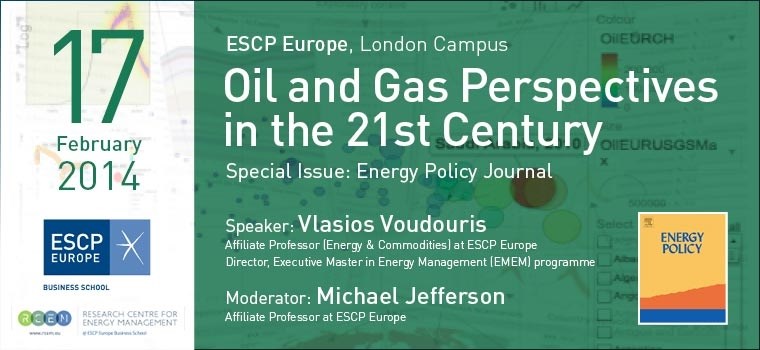




































































































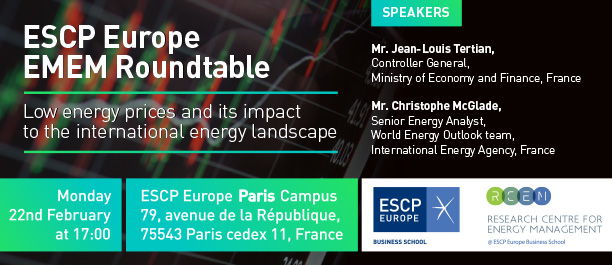









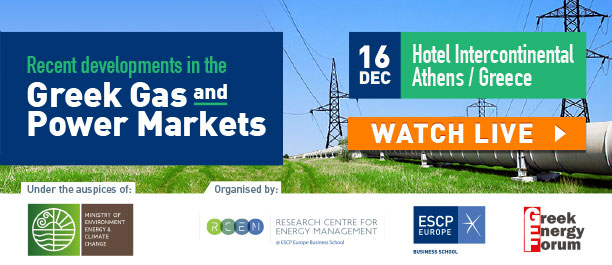
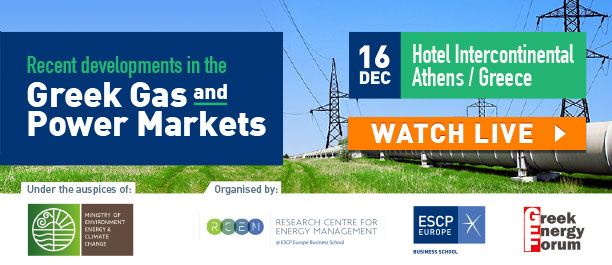
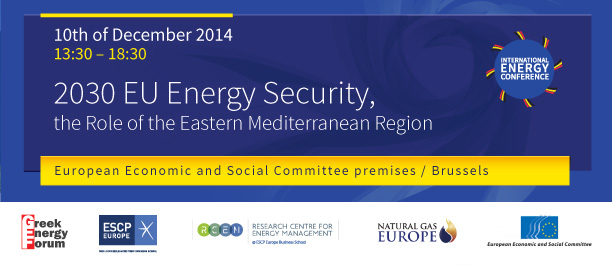
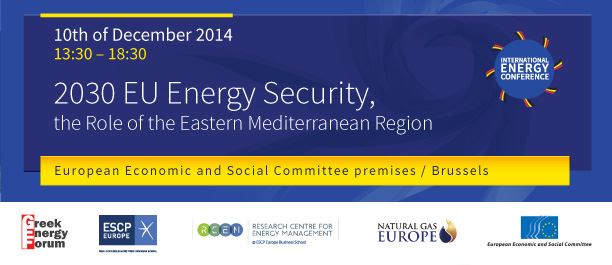
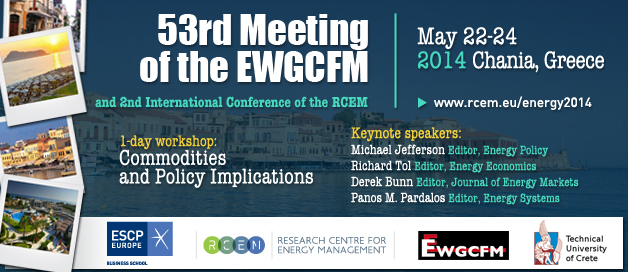
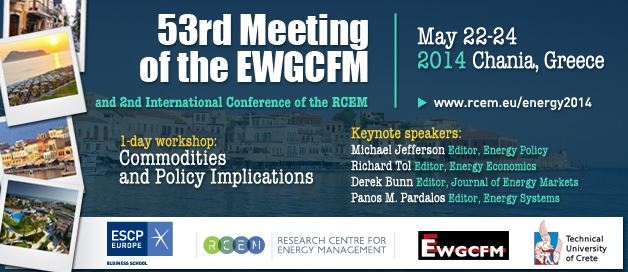
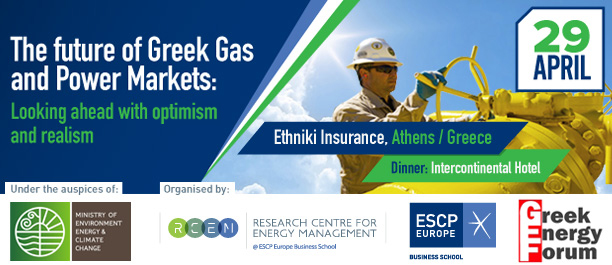
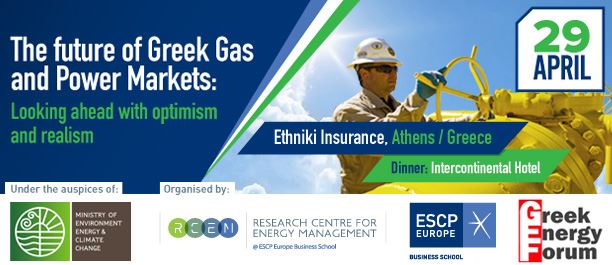
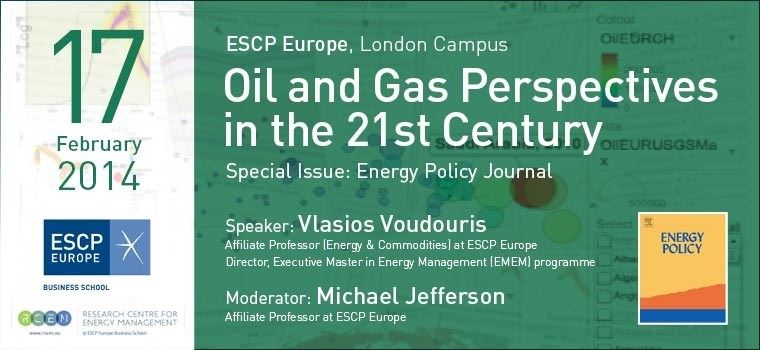




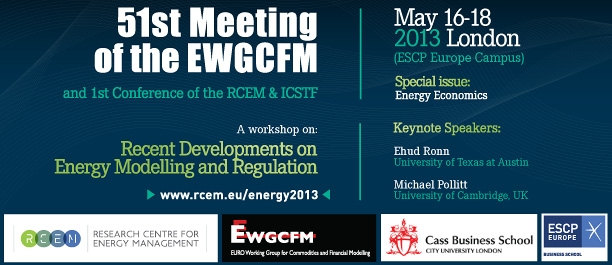
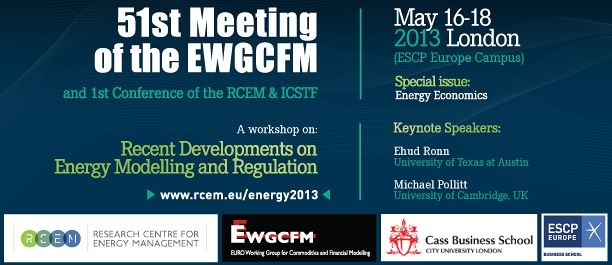




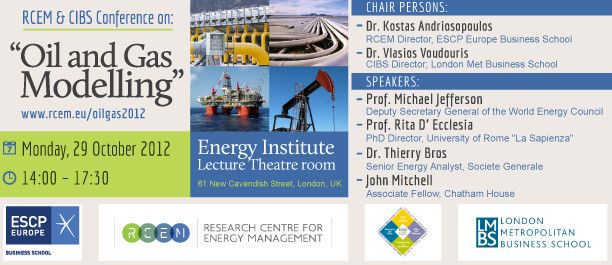
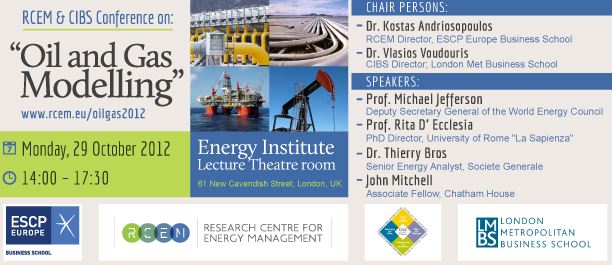


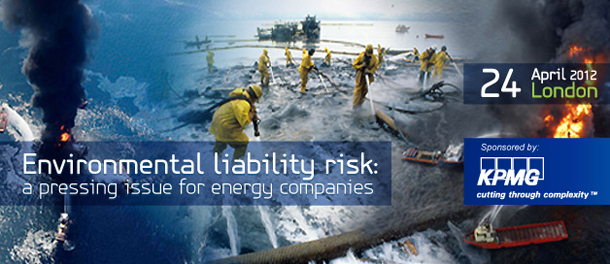
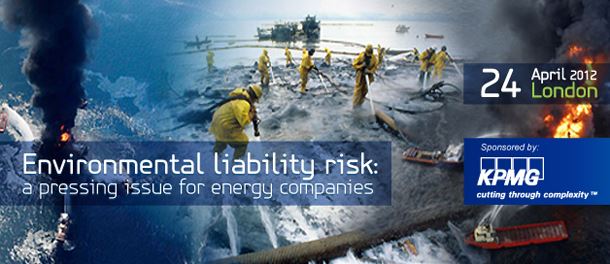


 Facebook
Facebook Linkedin
Linkedin Instagram
Instagram Youtube
Youtube EMC Newsletter
EMC Newsletter







